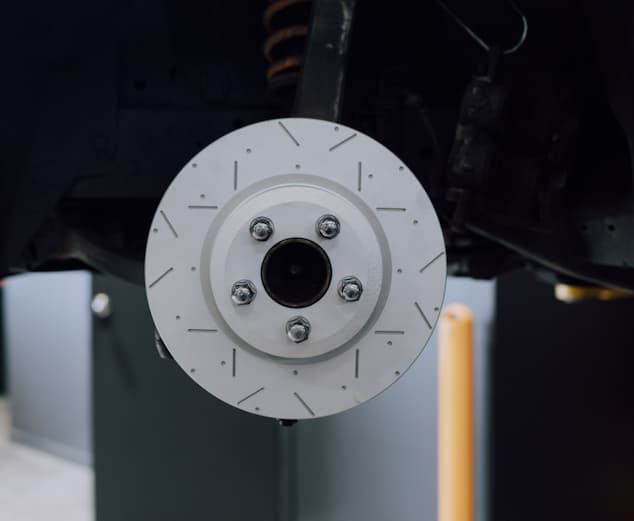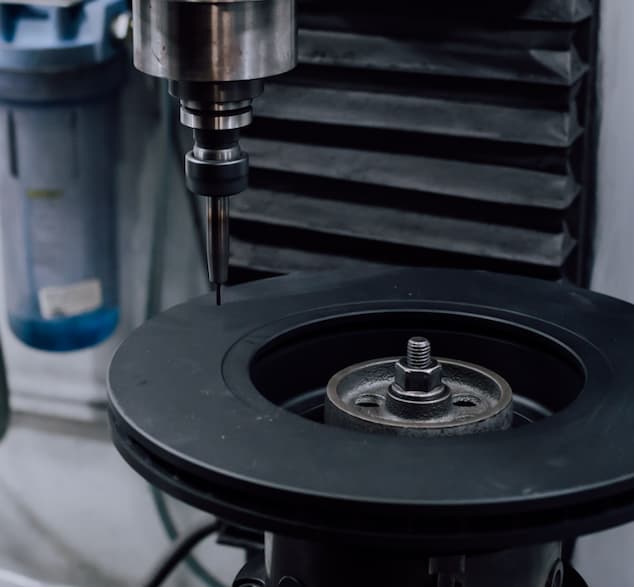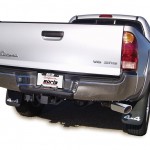If you’re like most Aussies, you drive to work, and chances are you do this in a Toyota. Not only is the Japanese brand the best-selling name in the automotive industry, but it also holds top spots for overall safety, with the Camry ranked as the safest car on Australian streets (with an overall ANCAP rating of 88.4%).
Strong structural integrity, comprehensive cabin safety, and advanced technologies mean carefree commuting. And with brake components sourced from established local and global names (Bendix, DBA, EBC, VMax, TRW, Protec, to name a few), you’ll know your Toyota is just as safe as it is reliable.
Read more: Smart Ways to Choose the Right Brake Rotors for Your VehicleBraking Basics

Bringing your Yaris, Supra or Hilux to a safe stop revolves (literally) around resilient and responsive Toyota brake rotors. These metal discs work together with brake pads to create the required friction and braking force when pressing the brake pedal. The parts line all four wheels in recent Toyota models, with superior stopping power, shorter (and safer) braking distances, better heat dissipation (for longer lifespans) and improved all-weather performance than comparable and older drum brakes.
With that said, braking involves several parts besides the rotors. Pressing the brake pedal activates hydraulic fluid in the master cylinder. This is pushed through the brake lines to actuate one or more pistons within the callipers lining each rotor. Pistons press the pads against the rotor, creating friction that slows down the wheels.
This is then turned into heat and quickly dissipates. Stepping off the pedal disengages the brake pads and callipers, ensuring the brakes are ready for the next application. Ensuring that pads, rotors and other parts are functional and have no or minimal wear through regular inspections contributes to a safe journey.
Signs of Worn Brake Rotors
Brake discs last anywhere between 50 and 100 thousand kilometres and depend and what, how and where you drive. Build quality and materials also play a part. The parts endure normal wear and tear with regular use, with the metal in the rotors thinning out over time and impacting overall safety with reduced braking performance.
Common signs that the discs in your Toyota are worn include:
- Physical and visual wear: check for grooves, cracks or scratches on the rotor surface before driving. These indicate advanced wear, embedded debris in the pads, and increased contact with brake pads that have worn out to the metal backing. Discolouration points to overheating (often from hard braking) and corrosion from driving in wet or humid conditions. Deformed or warped brake discs often result from uneven wear, issues with the pads, or sticking callipers.
- Noises: grinding and screeching noises result from uneven contact with the brake pads or increased rubbing against the callipers.
- Vibrations and pulsating: pulsating pedals, vibrations through the steering wheel, and uneven contact with the pads compromise safety and handling. Check for wear in both the pads and rotors.
- Increased stopping distances: worn or warped discs reduce the contact area with the brake pads, leading to longer stopping distances.
Other factors are manufacturing defects, misaligned discs, improper installation, damage sustained from potholes, or road debris and frequent driving in inclement weather. Regular brake system inspections that determine minimal safe thickness should rule out most issues. Otherwise, expect reduced braking efficiency, increased wear in other parts (especially the callipers, wheel bearings and suspension), and of course, reduced safety.
Key Buying Considerations

Toyota owners can choose genuine Toyota brake rotors sourced directly from the dealership or aftermarket variants from established third-party brands. Original equipment rotors ensure compatibility with your vehicle, consistent braking performance, and expected longevity. These do, however, come at a price. For performance vehicles and those with expired warranties, aftermarket options offer lower prices, often superior build and materials, and most importantly, improved stopping power with better heat dissipation.
When buying, consider the type of rotor compatible with your Toyota:
- Solid discs – also called blank or smooth discs, these are seen in lower trim Corollas, early Yaris/Echo models and on the rear axle in some Prados and early Hilux models. The solid piece of metal offers good braking power due to the larger surface, but can suffer from overheating and warping in hard braking.
- Vented – these resemble two sandwiched discs with vents between the front and rear surfaces. They provide better heat dissipation and prevent brake fade. Common applications are in current Corollas, Camrys, older Avalons, the Hilux and Kluger.
- Drilled – usually an aftermarket-only option, drilled discs have holes drilled through the surface to ensure improved heat loss in harder braking. They also reduce weight. Ideal upgrades for Toyota’s GR performance vehicles and off-roaders like the Land Cruiser and Prado.
- Slotted/grooved – these have slots or grooves radiating out from the rotor centre at a set angle, again to reduce heat and vent waste. They offer more bite with immediate stopping power (though they are considerably louder), making them ideal for track use in the Supra, GR Corolla and older or current 86 models.
- Drilled and slotted – a performance option, often at a higher cost, melding the benefits of both slotted and drilled brake rotors.
Also, consider materials, specifically for overall performance, durability and cost. Cast-iron rotors are the most common, offering consistent braking in everyday driving, though are heavier and prone to rusting. The upside is that they are cheap to buy and maintain. Move up to carbon ceramic rotors for a lightweight yet high-performance option with superior heat resistance and unsurpassed durability.
If the cost of these is too high, consider rotors in bi-metallic composites (usually cast iron or steel and aluminium) with good heat resistance, acceptable weight for spirited driving, good durability and moderate pricing. Lastly, ensure wheel hub, brake pad and vehicle compatibility with rotors in the right diameter, thickness and bolt pattern.




Comments are closed.